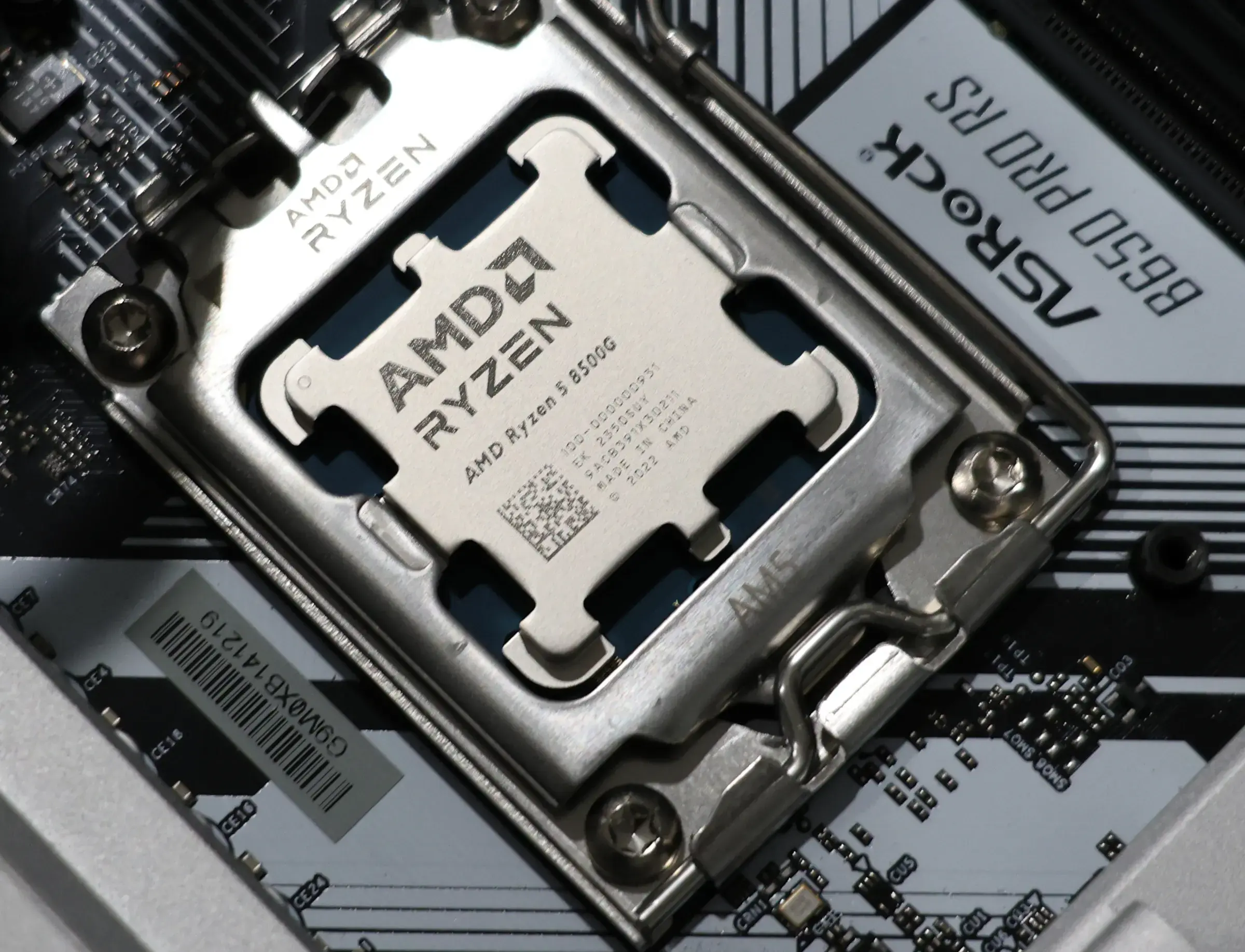When taking the geometric mean of all the performance benchmarks carried out, the combination of one Zen 4 and one Zen 4C core was around 84% the speed of two Zen 4 cores – not bad at all for the Zen 4C showing especially with it topping out at 3.7GHz rather than 5.0GHz.
the geometric mean showed 1x Z4 was 3.597, 1x Z4 + 1x Z4C was 5.427, and 2x Z4 was 6.481
so the Z4C core added 1.83 compared to the 2nd Z4 which added 2.884, so a Z4C core is about 63% as fast as a Z4 core with 74% of the clockspeed
so Z4C has about 85% of the IPC as the Z4 core
This is the best summary I could come up with:
Besides the integrated RDNA3 graphics making the Ryzen 8000G series desktop APUs interesting, making the AMD Ryzen 5 8500G a fun benchmarking target besides its sub-$200 price tag is having a mix of Zen 4 and Zen 4C cores.
After looking at the Ryzen 8000G series performance at 35 Watt and 45 Watt cTDPs and 500+ benchmarks of the Ryzen 8500G/8600G against the Intel Core i3 14100 / i5 14500, one of the other follow-up benchmarking specials I wanted to explore was more testing on the Zen 4 vs. Zen 4C performance for the Ryzen 5 8500G.
But under Linux there is at least the ability to offline CPU cores…
There’s also the avenue of testing by ensuring task placement / isolation to particular CPU cores for workloads, but then the other CPU0 or similar is still online and can be spinning kernel work…
Thus for this testing it was about benchmarking combinations while offlining the other Zen 4© cores and also then being able to accurately measure the CPU power consumption too for the difference.
Let’s take a look at how the benchmarks and power efficiency compare for these different core combinations in various Linux workloads on Ubuntu 23.10.
The original article contains 543 words, the summary contains 200 words. Saved 63%. I’m a bot and I’m open source!




